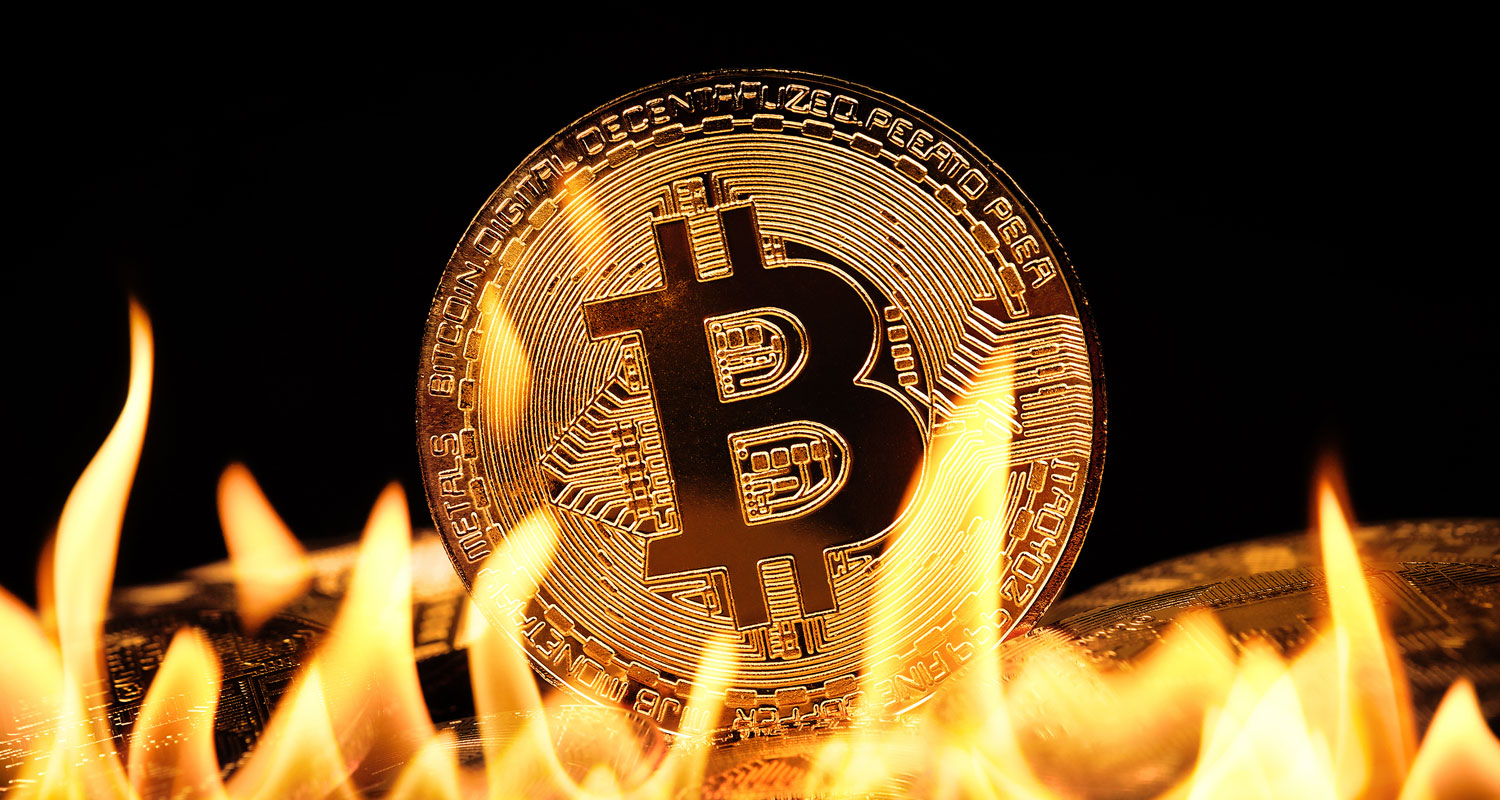 The disillusionment that follows bouts of crypto euphoria is known as a crypto winter. And this one feels like the coldest yet.
The disillusionment that follows bouts of crypto euphoria is known as a crypto winter. And this one feels like the coldest yet.
Every day seems to bring new revelations of bankrupt exchange FTX’s internal dumpster fire and its tentacular reach into all corners of the cryptocurrency ecosystem, making it look like a blend of Enron and the 2008 financial crash.
FTX was mercifully less systemic than either, and no taxpayer bailouts are on the way. But the bigger fallout is only just beginning. Crypto exchanges have failed before, but this time is different.
The madness of what went on inside FTX is draining confidence daily, with new boss John Ray painting a picture of a financial black hole rife with emoji-approved payments, unaudited loans and little oversight beyond ex-billionaire founder Sam Bankman-Fried — whose bizarre and incriminating tweets about missing customer funds won’t help his cause as prosecutors and regulators investigate. Only a “fraction” of FTX digital assets have been located, deflating hopes of customers recovering their money.
As counterparties in FTX’s epic web of relationships scramble to size up their exposure, and customers across the industry rush to yank their funds, the crypto rhetoric of technological disruption and financial freedom rings hollower than ever. The billionaire Winklevoss twins’ Gemini Earn crypto lending product once offered depositors 8% returns and “an investment in their future selves” — now redemptions have been halted after its partner revealed funds that were stuck with FTX.
Promises of fresh funding lines for the sector from the likes of Binance are unlikely to calm nerves when there’s so much interconnectedness. Lending platform BlockFi — which only this summer was thrown a supposed lifeline by FTX — is expected to declare bankruptcy within days. Even if bitcoin is hovering at US$16 000-$17 000, down 75% from the peak but still some way from zero, money is being taken out of the system and may never return. Analysts at research firm Kaiko note that market liquidity has dropped more than during any previous peak-to-trough decline.
Grimly ironic
As for interest from outside crypto land, the gap between what FTX’s financial backers thought they were doing and the reality is now so huge that it’s probably near-fatal for the sector’s future as an investing megatrend. Whatever due diligence was done failed to grasp this was not a picks-and-shovels tech bet but a Bahamas-based offshore firm doing everything from operating its own token to offering leveraged trading. It’s grimly ironic that the one mention of “software” by FTX’s Ray in his bankruptcy filing was of a program designed to conceal the misuse of customer funds.
Attempts to separate crypto trading from the underlying tech of decentralised databases are also falling flat: While Singaporean sovereign-wealth fund Temasek said it still saw “innumerable” opportunities for blockchains (while writing down its $275-million FTX stake to zero), the Australian Securities Exchange effectively begged to differ, pausing a failed multiyear quest to shift to a blockchain-based settlement system. It will write off about $165-million in costs in the process.
Read: Why crypto is not the future of money
Any crypto observer who’s seen booms and busts in the past will know better than to declare it “dead”. But this is one very big nail hammered into the coffin. Dreams of digital gold enriching millennials and gen Z are giving way to a libertarian face-rip: an estimated three-quarters of retail bitcoin buyers have lost money, with 40% of exchange app users being men under 35, according to a Bank for International Settlements working paper.
 The supply of punters paying fees to billionaire exchange owners is not infinite, and enthusiasm is drying up. “The narrative is weakening,” says Antonio Fatas, Insead professor of economics. The true believer “hodlers” and DeFi exchanges still remain, but even they must see that the walls are closing in.
The supply of punters paying fees to billionaire exchange owners is not infinite, and enthusiasm is drying up. “The narrative is weakening,” says Antonio Fatas, Insead professor of economics. The true believer “hodlers” and DeFi exchanges still remain, but even they must see that the walls are closing in.
The question now is whether regulators will seize the moment, however belatedly, to crack down on or ban the worst crypto activities and build higher guardrails to stop the rest from leaking into the wider economy.
The answer may lie in this week’s G20 leaders’ statement, which specifically welcomed moves by global standard-setters to ramp up crypto oversight beyond the usual know-your-customer and anti-money-laundering checks. That’s easier said than done. But letting self-regulation take the lead is no way to prepare for winter’s end. — (c) 2022 Bloomberg LP




